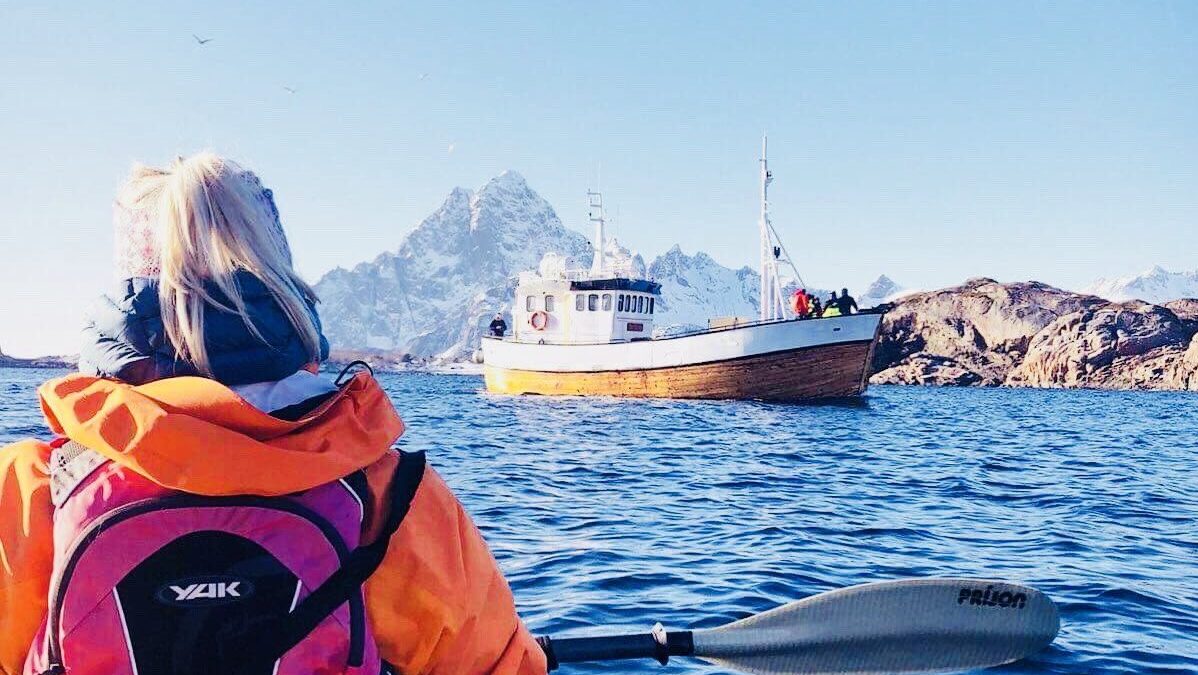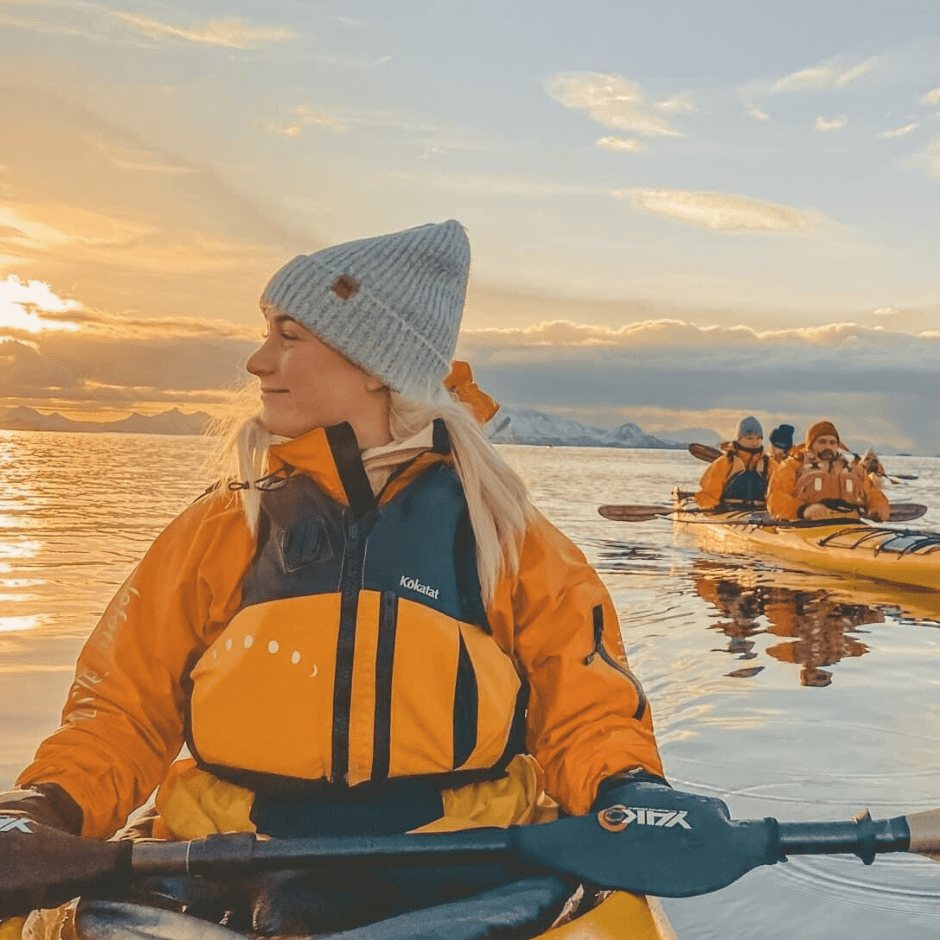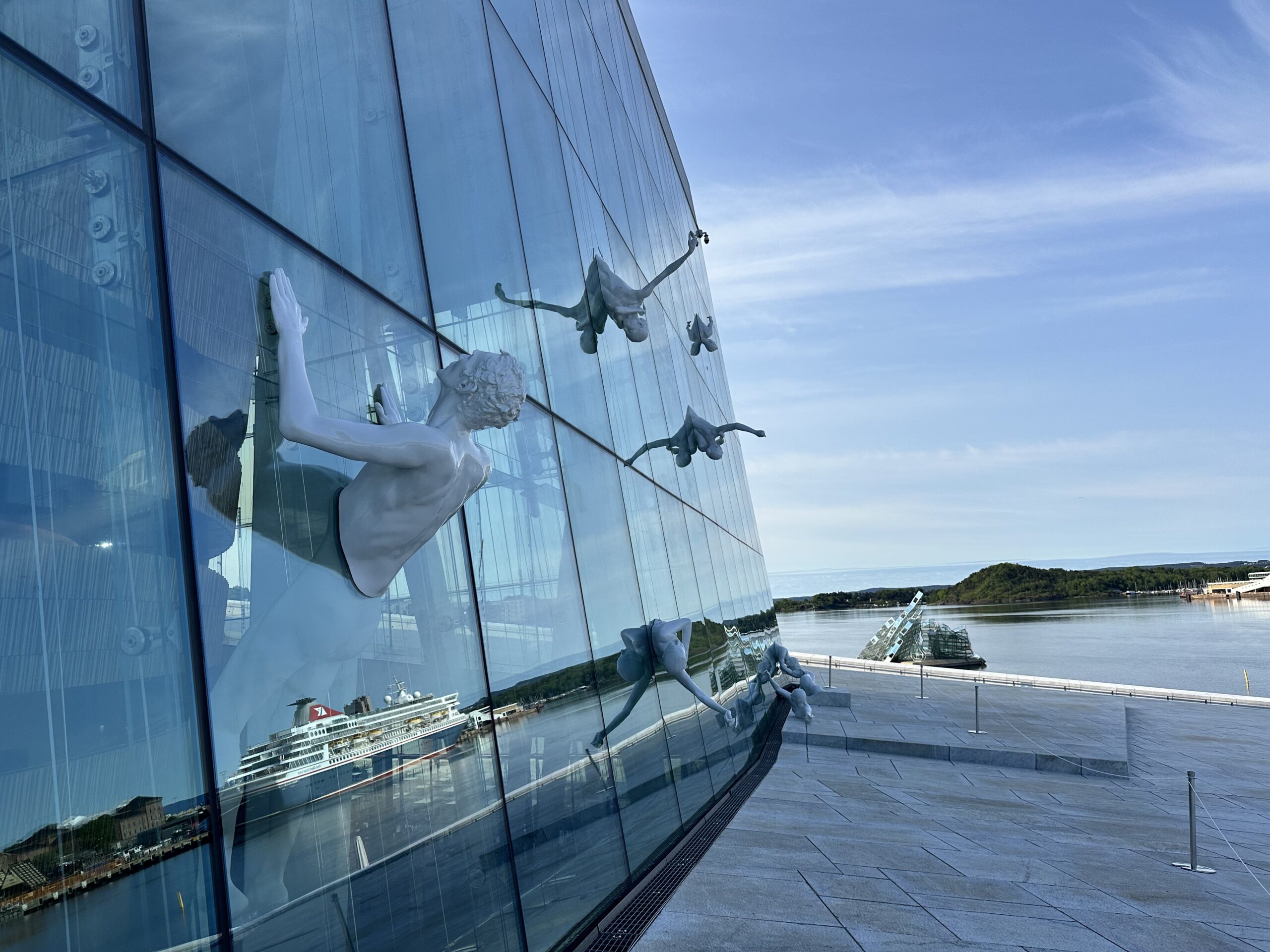2026 Solar Eclipse in Iceland: A Clear Guide to the Total Eclipse
On 12 August 2026, a rare total solar eclipse will sweep across parts of the Arctic, Greenland, Iceland, and Southern Europe. For a few fleeting minutes, a shadow will fall, briefly turning day into twilight. If you’ve never seen a total eclipse, or aren’t sure what it is, this guide explains the why, what and where so you will have the best chance to witness it.
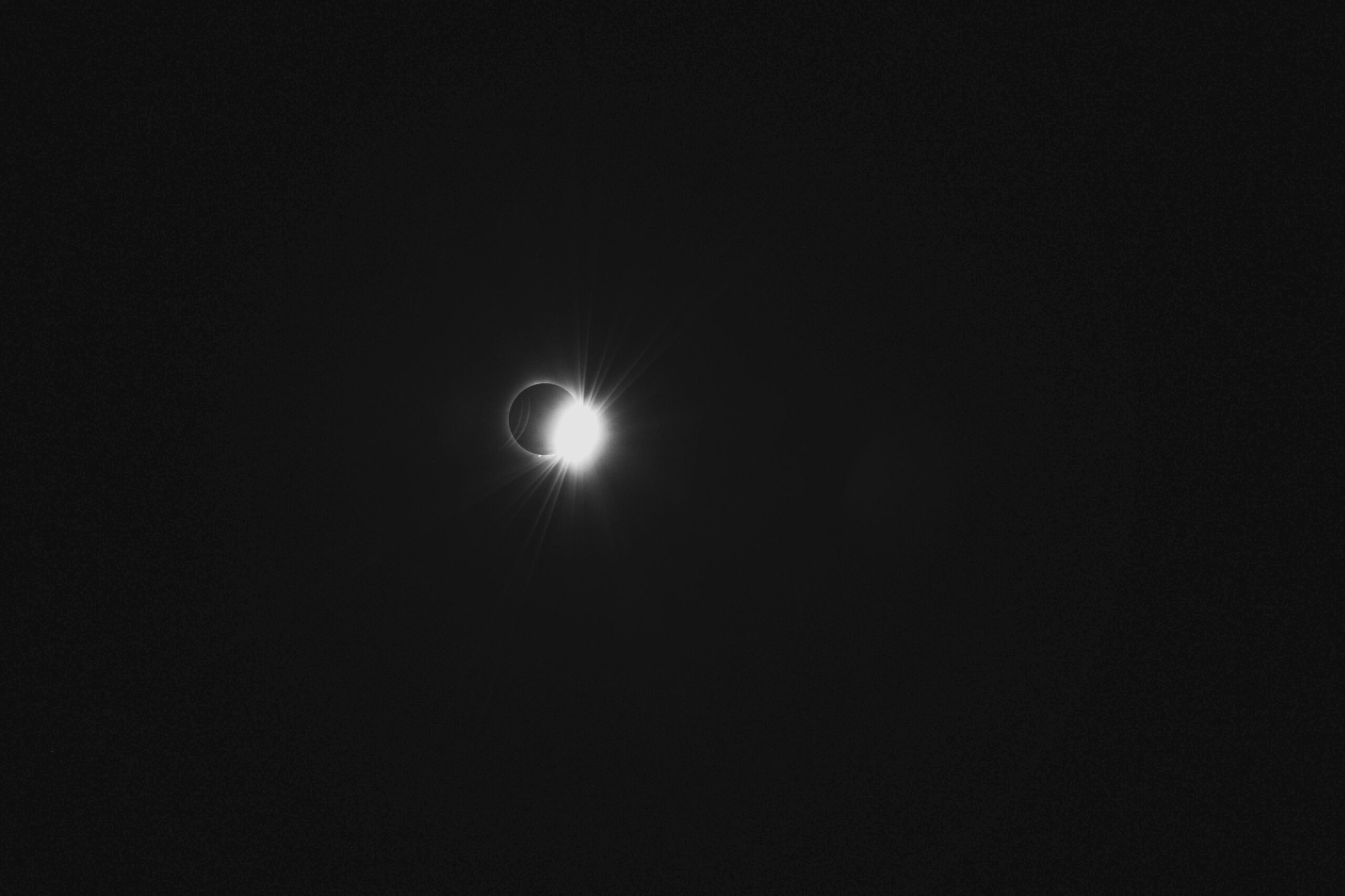
What is a Total Solar Eclipse?
A total solar eclipse happens when the Moon passes directly between the Earth and the Sun. For a short time, it blocks the Sun’s light completely. As the Moon’s shadow moves across Earth’s surface, it creates a narrow band of darkness called the path of totality. Only people standing inside this path will see complete darkness. Everyone else will witness a partial eclipse, where just part of the Sun is covered. Although solar eclipses occur somewhere on Earth roughly every 18 months, any single location experiences one only once every 360 to 400 years, according to NASA.
In the right place, the sky darkens as if it were twilight. Temperatures may drop, birds might go quiet, and stars or planets could appear in the middle of the day. When the Sun is fully hidden, the solar corona becomes visible. This is the outer atmosphere of the Sun, normally invisible and only seen during a total eclipse.
Where and When Will the 2026 Solar Eclipse Be Visible?
The 2026 solar eclipse will happen on 12 August. The path of totality crosses parts of the Arctic, Greenland, Iceland, and into northern Spain and Portugal. Exact timing depends on your location. In Iceland, totality is expected in the mid to late afternoon.
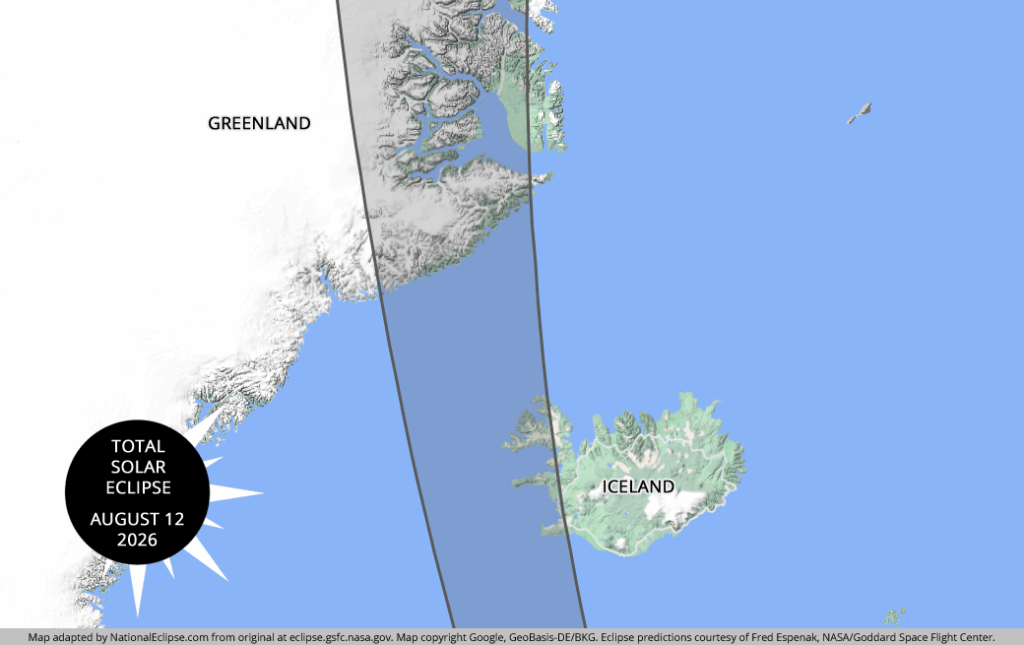
Iceland is one of the best places to see the eclipse in full. The path of totality passes directly over the west of the country, including areas just offshore from Reykjavík.
Elsewhere in Europe, only parts of northern Spain and Portugal will see the full eclipse. Other regions will witness only a partial eclipse. If you want to experience totality, location matters. Just a few kilometres outside the path, and the effect is dramatically reduced.
How to Watch the 2026 Solar Eclipse Safely
It goes without saying, you should never look directly at the Sun without proper eye protection, not even during a partial eclipse. Eye damage can occur in seconds.
To view the eclipse safely, you’ll need certified solar eclipse glasses. These are not the same as regular sunglasses. Eclipse glasses block more than 99.99% of sunlight, allowing you to look safely at the Sun during its partial phases.
 Keep your glasses on until totality, the brief moment when the Moon fully covers the Sun. Only then is it safe to look with the naked eye and see the solar corona. Once the Sun begins to reappear, put your glasses back on immediately.
Keep your glasses on until totality, the brief moment when the Moon fully covers the Sun. Only then is it safe to look with the naked eye and see the solar corona. Once the Sun begins to reappear, put your glasses back on immediately.
Watching the Eclipse in Iceland at Sea
Iceland lies directly in the path of totality, making it one of the few places on Earth where you can view the eclipse in full. That alone makes it special. Add dramatic scenery, mild summer weather, and the chance to watch from the water, a rare opportunity.
From the coast near Reykjavík, the eclipse lasts about one minute. Just offshore, that increases to more than two minutes in some areas. Watching from a boat puts you in a prime spot. There are fewer obstructions, and you can adjust your position if clouds become an issue.
About Our Tour
If you’re curious about seeing the eclipse from the water, a small group tour based in Reykjavík offers front-row views. On eclipse day, guests will head out into Faxaflói Bay. Out here, the sky opens up and the horizon is clear.
During the tour, certified safety glasses will be provided. A telescope will also be available on board, offering a closer look at the eclipse, all from the comfort of a boat with an experienced crew.
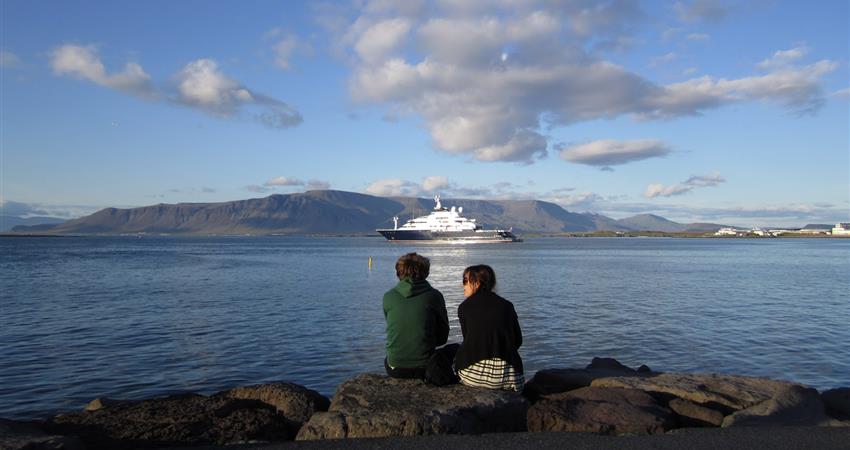
The itinerary is designed to offer the best possible viewing. But like the Northern Lights, this natural event depends on conditions we can’t control. Skies may not be clear. Even so, the day will be planned to give you a memorable experience, both on land and at sea, with the flexibility to adapt if needed.

